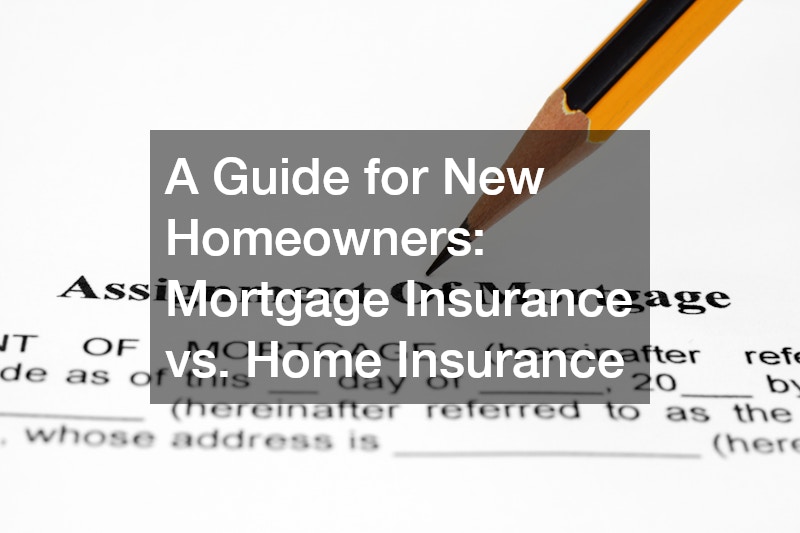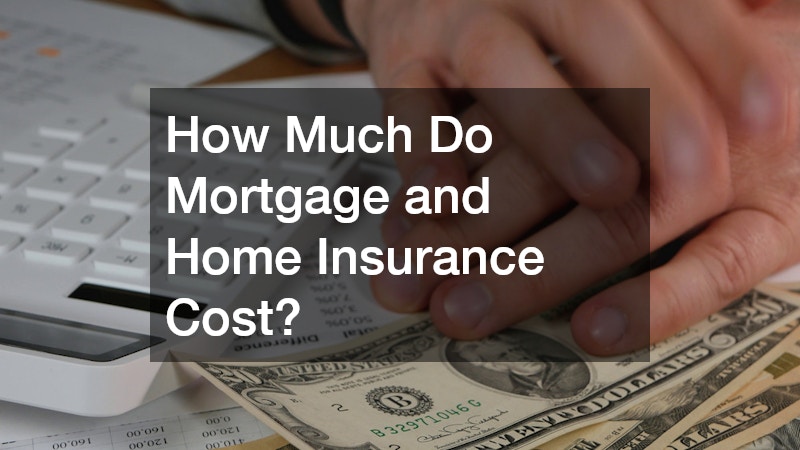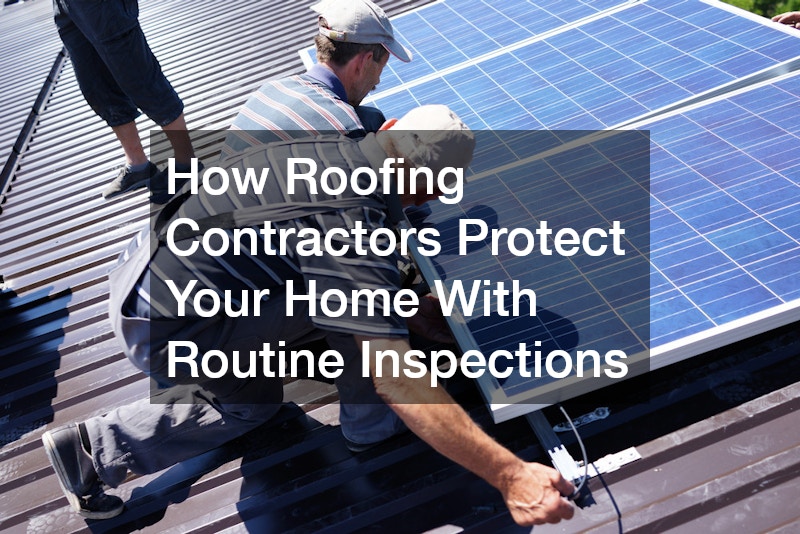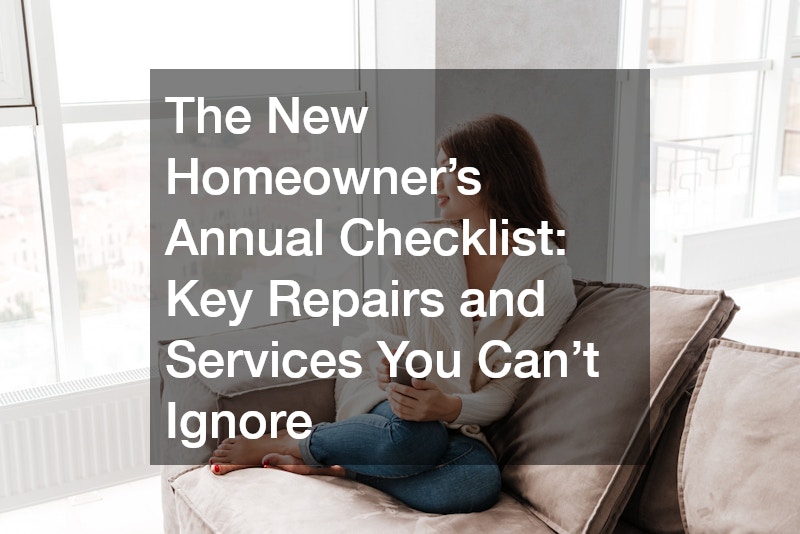
A Guide for New Homeowners: Mortgage Insurance vs. Home Insurance
Buying a home is one of the most exciting—and often overwhelming—experiences in a person’s life. From choosing the right property to navigating the closing process, new homeowners face a steep learning curve. One area that often causes confusion is insurance, particularly the differences between mortgage insurance and home insurance. While both are essential components of the homeownership journey, they serve very different purposes. Understanding what each covers (and what it doesn’t) can help you make informed financial decisions and avoid costly mistakes.
In this guide, we’ll break down the distinctions between mortgage insurance and home insurance, explain when each is required, discuss how much they cost, and provide tips to help you get the right coverage. If you’re a first-time buyer or just new to the world of homeownership, this article is your go-to resource for making sense of these critical forms of protection.
What Is Mortgage Insurance?
When you buy a home with a mortgage and make a down payment of less than 20%, your lender will likely require you to purchase mortgage insurance. But what exactly is it?
Purpose of Mortgage Insurance
Mortgage insurance is designed to protect the lender, not you, if you fail to repay your loan. It mitigates the lender’s risk when financing buyers with smaller down payments, who statistically pose a higher risk of default.
There are different types of mortgage insurance depending on the loan:
- Private Mortgage Insurance (PMI) for conventional loans
- Mortgage Insurance Premium (MIP) for FHA loans
- Guarantee Fees for VA or USDA loans (though technically not called insurance)
Mortgage insurance is often misunderstood as a way to protect the homeowner, but it offers no such coverage. Instead, it ensures that lenders can recover some of their money if a borrower defaults. This safety net enables more people to qualify for home loans without needing a 20% down payment. While it’s an added cost for buyers, mortgage insurance plays a vital role in keeping homeownership accessible, especially in high-cost markets or for first-time buyers who haven’t had the chance to build up substantial savings.
Key Features
- Required for down payments under 20%
- Typically added to your monthly mortgage payment
- It can sometimes be canceled once you reach 20% equity (for PMI)
- Does not protect your home, possessions, or liability
- May allow access to better loan terms despite a smaller down payment
Understanding the terms and cancellation rules of your mortgage insurance can help you plan for future savings and potentially eliminate the cost sooner than expected.
What Is Home Insurance?

Now let’s talk about home insurance, which is something every homeowner should have, regardless of their mortgage status.
Purpose of Home Insurance
Home insurance, also known as homeowners insurance, is designed to protect you, the homeowner. It covers damage to your property and belongings, as well as liability in case someone is injured on your premises.
Most mortgage lenders require borrowers to maintain an active home insurance policy as a condition of the loan. But even if it weren’t required, it’s one of the smartest investments you can make to protect your most valuable asset.
Home insurance policies are customizable and typically include various levels of protection. For instance, you may choose replacement cost coverage instead of actual cash value for your belongings, ensuring you’re reimbursed enough to replace lost items at today’s prices. Additionally, riders or endorsements can expand coverage for high-value items like jewelry or artwork. In regions prone to natural disasters such as wildfires or hurricanes, tailored coverage becomes even more essential. Without home insurance, even a minor event, like a pipe burst, could result in a major financial setback. It’s not just a requirement; it’s your financial shield against life’s unexpected turns.
What It Typically Covers
- Dwelling protection: Repairs or rebuilds after fire, storms, or vandalism
- Personal property: Items like furniture, electronics, and clothing
- Liability coverage: Lawsuits or medical bills if someone is hurt on your property
- Additional living expenses: Hotel stays if your home becomes uninhabitable due to a covered event
- Optional coverages include water backup, identity theft protection, and more
Key Features
- Paid annually or monthly (often through escrow)
- Required by mortgage lenders
- Protects your investment, not your lender
- Coverage varies by policy and provider
- Offers peace of mind during emergencies and disasters
Reviewing and updating your home insurance policy regularly ensures that it keeps pace with your home’s value and any upgrades you’ve made.
Mortgage Insurance vs Home Insurance: What’s the Difference?
This is the big question new homeowners often ask: What is the actual difference between mortgage insurance and home insurance? While they both fall under the “insurance” umbrella, they serve different roles and benefit different parties.
Key Differences at a Glance
| Feature | Mortgage Insurance | Home Insurance |
| Who it protects | The lender | The homeowner |
| When it’s required | When the down payment is < 20% | Always required by lenders |
| Can you cancel it? | Yes, with equity or refinance | Only if the lender allows or the loan is paid off |
| Covers property damage? | No | Yes |
| Includes liability protection? | No | Yes |
| Paid by | Homeowner | Homeowner |
Simplified Summary
Mortgage insurance: Protects the lender’s investment if you default on your mortgage.
Home insurance: Protects your home, your possessions, and your financial liability.
Another key distinction is how each type of insurance impacts your finances and ownership experience. Mortgage insurance is often seen as a cost hurdle, one you aim to eliminate once your financial standing improves. In contrast, home insurance is something most people retain indefinitely to safeguard their biggest investment. It’s also worth noting that mortgage insurance doesn’t affect your ability to repair or rebuild after a disaster—only home insurance provides that critical support. Knowing the roles each type of insurance plays ensures you’re covered where it matters most and helps you avoid any false expectations about what your policies will and won’t do.
When Do You Need Mortgage Insurance?
Not every homeowner will need mortgage insurance. Here’s how to determine if it applies to you.
You Need It If:
- You’re putting down less than 20% on a conventional loan
- You’re using an FHA loan, which requires MIP regardless of down payment
- You’re purchasing a home with a low or no-down-payment government-backed loan
When You Can Cancel PMI
- Once you reach 20% equity, you can request cancellation
- Lenders are legally required to remove PMI when your equity hits 22%
Note: FHA loans require mortgage insurance for the life of the loan if your down payment is under 10%. If it’s over 10%, MIP lasts for 11 years unless you refinance into a conventional loan.
How Much Do Mortgage and Home Insurance Cost?

Understanding the costs of both types of insurance will help you budget appropriately.
Mortgage Insurance Costs
- PMI (conventional loans): 0.3%–1.5% of your loan amount annually
- MIP (FHA loans): Upfront fee (typically 1.75% of the loan) + annual fee (0.45%–1.05%)
- VA/USDA loans: One-time funding fee or guarantee fee
Example: For a $300,000 loan, PMI might add $75–$375 to your monthly payment depending on your credit score and down payment.
Home Insurance Costs
- National average is $1,200–$1,800 per year, or about $100–$150 per month
- Rates vary based on:
- Location and weather risks
- Size and condition of the home
- Coverage limits and deductibles
- Personal claims history
Tip: You can often bundle home and auto insurance to receive discounts.
Can You Have One Without the Other?
Yes—and this is where it gets interesting.
Scenarios:
- You can have mortgage insurance without home insurance: Technically possible, but most lenders won’t approve your loan or will force-purchase a more expensive policy on your behalf.
- You can have home insurance without mortgage insurance: Absolutely. Once you put down 20% or more, you usually avoid mortgage insurance but still need home insurance.
Bottom line: Home insurance is for your protection. Mortgage insurance is for your lender’s protection.
Tips for Managing Both Types of Insurance
Here’s how to smartly manage mortgage and home insurance as a new homeowner:
For Mortgage Insurance:
- Try to put down at least 20% to avoid PMI
- If not possible, refinance later once you build equity
- Maintain a strong credit score to get lower PMI rates
For Home Insurance:
- Shop around and compare quotes annually
- Increase your deductible to lower your premium—but make sure it’s still affordable
- Regularly update your coverage to reflect home upgrades or lifestyle changes
- Consider umbrella insurance for extra liability protection
For Both:
- Check your escrow account regularly to ensure payments are being made
- Understand how insurance premiums affect your total monthly mortgage payment
Frequently Asked Questions
1. Is mortgage insurance tax-deductible?
As of recent years, PMI may be deductible if you meet certain income requirements. Always consult a tax advisor to confirm current IRS rules.
2. Does home insurance cover floods or earthquakes?
No. You’ll need separate policies for those. If you live in a high-risk area, it’s worth the extra protection.
3. Can I choose my own home insurance provider?
Yes, as long as the coverage meets your lender’s requirements.
4. What happens if I let my home insurance lapse?
Your lender can purchase insurance on your behalf (force-placed insurance), which is often more expensive and less comprehensive.
Final Thoughts: Understanding Insurance Is Key to Smarter Homeownership
As a new homeowner, you’re entering a world of responsibilities—and opportunities. Insurance can seem like just another line item in a long list of expenses, but understanding the difference between mortgage insurance and home insurance can empower you to make smarter financial decisions.
Mortgage insurance protects your lender. Home insurance protects you. Both are crucial in the early stages of homeownership, but knowing their roles, costs, and requirements will help you navigate your journey with confidence.
Whether you’re buying your first home or planning your next big move, keep this guide handy. Your future self will thank you.



